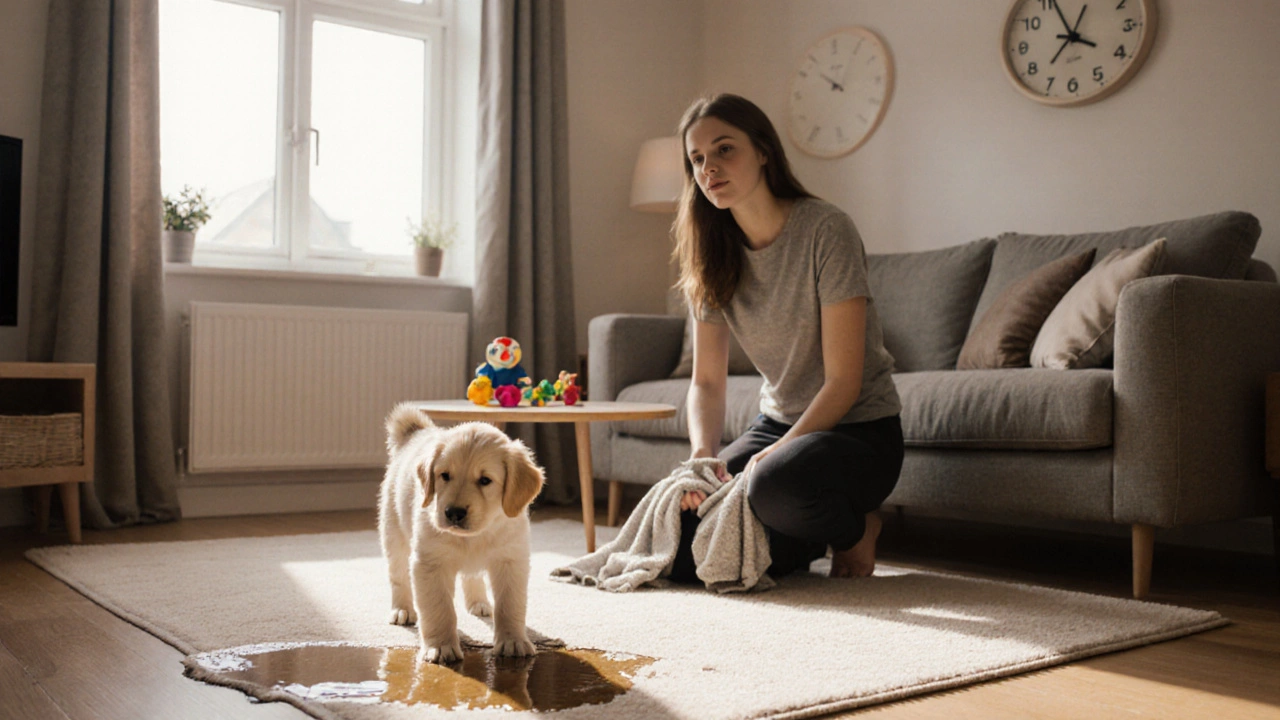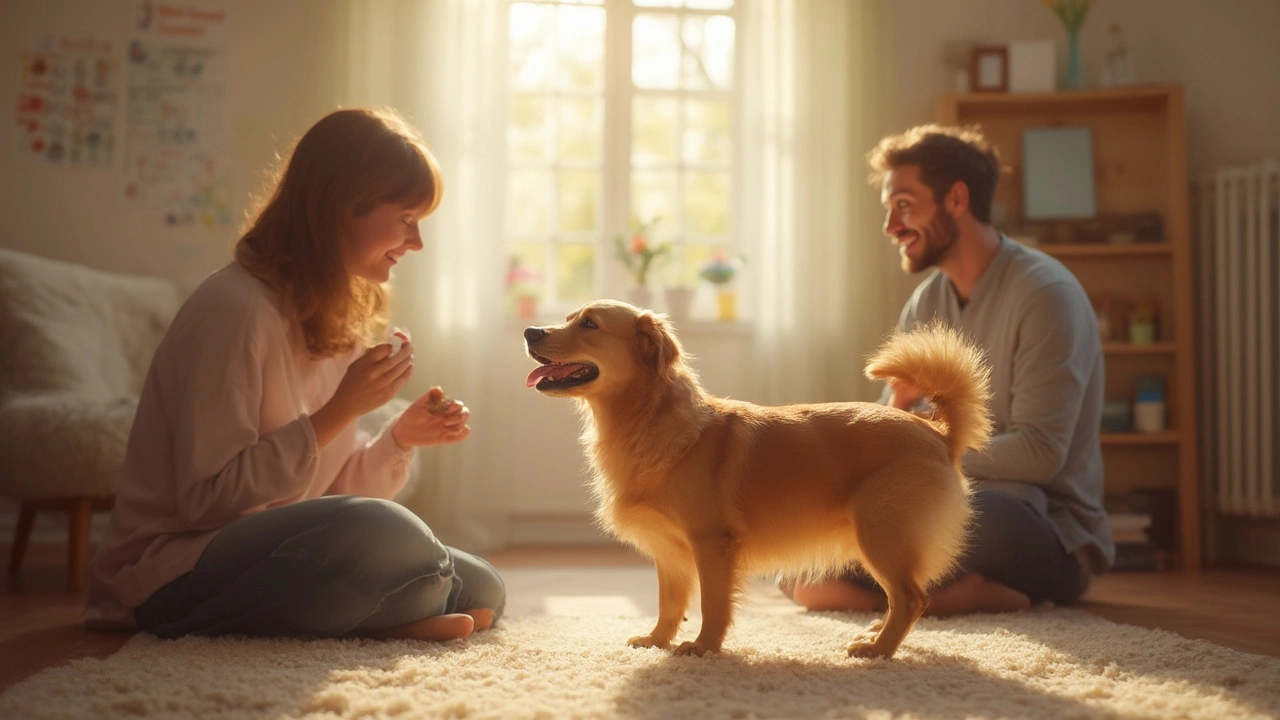Dog Training Tips: Simple Steps for a Happy, Well‑Behaved Pup
Training a dog doesn’t have to feel like a marathon. You can get solid results with a few clear habits and the right mindset. Think of it as teaching a friend – you use patience, clear cues, and lots of praise. Below you’ll find the most useful tips that work for puppies and adult dogs alike. Grab some treats, keep your voice calm, and let’s make training a part of everyday life.
Start with the Basics
A strong foundation starts with name recognition and loose‑leash walking. Call your dog’s name in a happy tone and reward the moment they look at you. That simple check‑in builds focus for everything else. For leash work, keep the rope short enough to guide but loose enough to avoid tension. When your dog stays beside you, reward immediately with a treat or a quick game of fetch. Consistency is key – practice these two cues for a few minutes each day, and you'll see steady improvement.
Keep Sessions Short and Positive
Dogs have short attention spans, so aim for 5‑10 minute sessions a few times daily. End each round on a high note; a successful command followed by praise leaves a positive memory. If your pup starts to wander or loses interest, pause, reset, and try again. Positive reinforcement – treats, petting, or an excited voice – works far better than punishment. It reinforces the behavior you want and keeps training fun for both of you.
When a command isn’t clicking, break it down. For "sit," lure the dog’s nose up with a treat, then move the treat back over their head. Their hindquarters will naturally lower – that’s the sit. Reward the first time they move, then add the verbal cue. Small steps prevent frustration and speed up learning.
Use everyday moments as training opportunities. Ask for "stay" before opening the fridge, or "come" when you pick up a leash. Linking commands to real‑life actions helps the dog understand why the skill matters. It also makes training feel less like a separate chore and more like a natural part of daily routine.
Finally, stay consistent across family members. Everyone should use the same cue words and reward system. Mixed signals confuse dogs and slow progress. Agree on a short command list, keep treats handy, and celebrate each small win together.

Should I Put My Dog in a Crate at Night? Here’s What Actually Works
Should you crate your dog at night? It depends on their age, behavior, and how you introduce the crate. Learn when it helps, when it hurts, and how to make it a safe, peaceful space for your dog.
View more
How to Stop a Puppy from Peeing and Pooping Inside the House
Learn a step‑by‑step method to stop your puppy from peeing and pooping inside, covering schedules, crate training, cue words, cleaning, and troubleshooting.
View more
Gentle Alternatives to Bark Collars: Humane Ways to Manage Dog Barking
Explore bark collar alternatives—from training hacks to calming products. Learn humane, effective, science-backed ways to manage your dog's barking.
View more